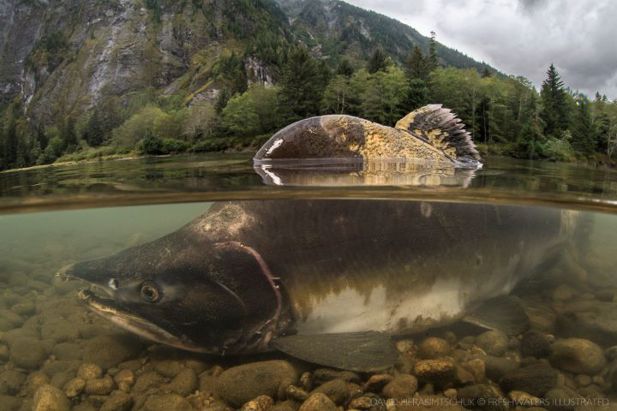The Alaskan fishing industry is being urged to boost its capacity ahead of a massive run of sockeye salmon that is forecast for Bristol Bay this summer.
Amid concerns that the fisheries industry in the Southwest Alaska region might not be able to keep up, the Bristol Bay Regional Seafood Development Association (BBRSDA) has urged fleets to act to take advantage of the influx of sockeye salmon and prevent harm to future runs.
“We’re in unprecedented territory as far as what is forecast, so we never had a test like this to see how it would go,” Andy Wink, executive director of BBRSDA, said.
Alaska’s Department of Fish and Game has predicted that a record 75 million fish will return to Bristol Bay in the summer, with 60 million available for the fisheries industry to harvest. 15 commercial processors are set to buy 52 million Bristol Bay sockeye salmon, which would also be a record.
Wink has warned that the gap in the number of salmon expected to return and planned processing means that fishermen in the region could lose out on around $100 million (€92 million).
“Processors, fishermen, and fishery managers are gearing up to make the most of 2022, and those efforts are highly commendable but with such a large forecast it begs the question of what happens if processors and tenders cannot keep up,” BBRSDA warned back in February.
While there is concern among industry bodies, the general manager of Silver Bay Seafoods, Norm Van Vactor, called the situation a “pleasant dilemma” for the processor, adding that they are “doing everything they can to maximize the efficiency and capability of plants in the region.”
The region has recently benefited by strong salmon runs, with Bristol Bay reporting a record 66 million salmon returning last year, with 40 million being harvested, according to data released by the state’s officials.
One of the challenges facing the region, as it seeks to cope with the substantial run, is finding enough workers to be employed during the summer to boost capacity after the Covid pandemic complicated staffing, Wink warned.
“With the labor situation and how tight the labor market is, it will be challenge to keep processing capacity where it’s been,” the BBRSDA representative stated, adding that “At the the end of the day, Mother Nature will dictate how this unfolds.”
The US Departments of Labor and Homeland Security recently announced that they would increase the number of nonagricultural worker visas available in America during the summer by 35,000 to help sectors cope with increased seasonal demand.
“With the tourism and fishing season right around the corner, and the economic fallout we have seen from COVID, it is vital to ensure Alaskans have the needed workers to supplement our local workforce,” Alaska Senator Lisa Murkowski said on 31st March.

